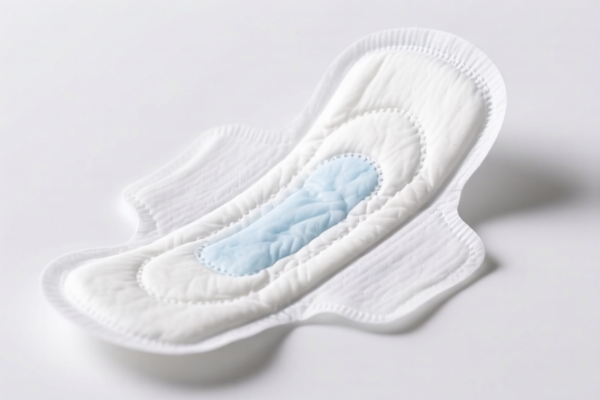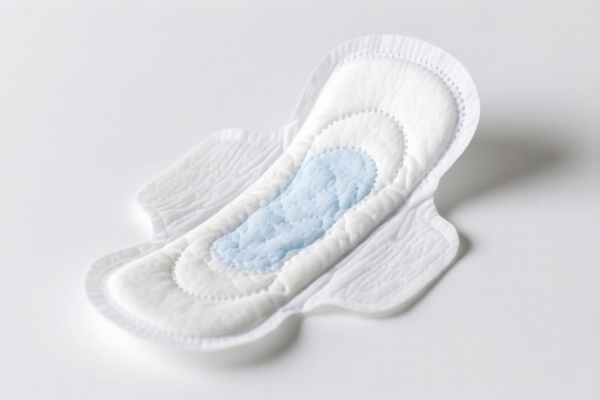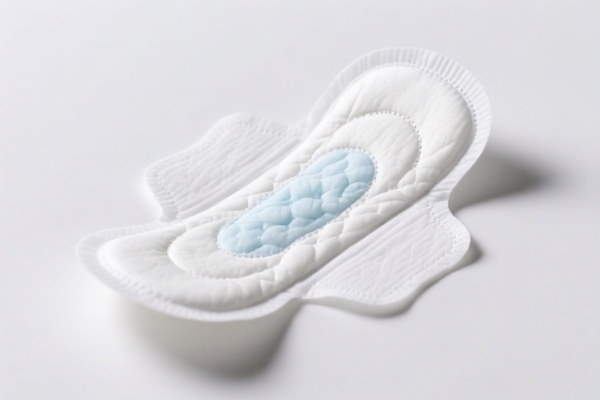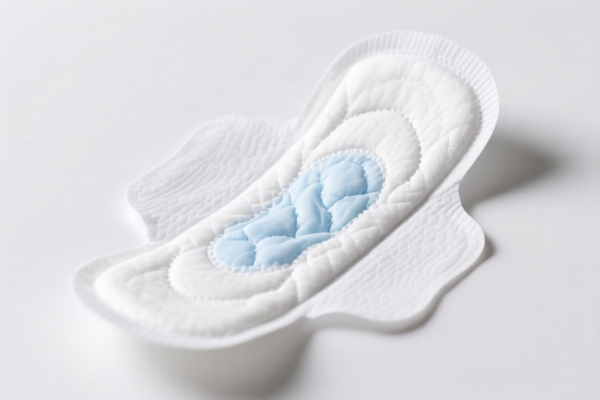| HS Code | Official Doc | Tariff Rate | Origin | Destination | Effective Date |
|---|---|---|---|---|---|
| 9619001510 | Doc | 37.5% | CN | US | 2025-05-12 |
| 9619002100 | Doc | 41.1% | CN | US | 2025-05-12 |
| 9619002500 | Doc | 43.8% | CN | US | 2025-05-12 |
| 9619007100 | Doc | 45.6% | CN | US | 2025-05-12 |
| 9619009000 | Doc | 44.5% | CN | US | 2025-05-12 |




Here is the detailed classification and tariff information for sanitary pads based on the provided HS codes and tax details:
✅ HS CODE: 9619001510
Product Description: Paper sanitary pads
Total Tax Rate: 37.5%
- Base Tariff: 0.0%
- Additional Tariff: 7.5%
- Special Tariff after April 11, 2025: 30.0%
- Total: 0.0% + 7.5% + 30.0% = 37.5%
✅ HS CODE: 9619002100
Product Description: Cotton sanitary pads
Total Tax Rate: 41.1%
- Base Tariff: 3.6%
- Additional Tariff: 7.5%
- Special Tariff after April 11, 2025: 30.0%
- Total: 3.6% + 7.5% + 30.0% = 41.1%
✅ HS CODE: 9619002500
Product Description: Cotton sanitary pads
Total Tax Rate: 43.8%
- Base Tariff: 6.3%
- Additional Tariff: 7.5%
- Special Tariff after April 11, 2025: 30.0%
- Total: 6.3% + 7.5% + 30.0% = 43.8%
✅ HS CODE: 9619007100
Product Description: Cotton sanitary pads
Total Tax Rate: 45.6%
- Base Tariff: 8.1%
- Additional Tariff: 7.5%
- Special Tariff after April 11, 2025: 30.0%
- Total: 8.1% + 7.5% + 30.0% = 45.6%
✅ HS CODE: 9619009000
Product Description: Cotton sanitary pads
Total Tax Rate: 44.5%
- Base Tariff: 7.0%
- Additional Tariff: 7.5%
- Special Tariff after April 11, 2025: 30.0%
- Total: 7.0% + 7.5% + 30.0% = 44.5%
⚠️ Important Notes:
- April 11, 2025 Special Tariff: A 30.0% additional tariff is imposed on all these HS codes after April 11, 2025. This is a time-sensitive policy and must be considered in your customs planning.
- Material Matters: The tax rate varies depending on the material (e.g., paper vs. cotton). Ensure the product description matches the actual composition.
- Certifications Required: Check if any certifications (e.g., medical device, hygiene standards) are required for import, especially for products intended for medical or personal care use.
- Unit Price and Classification: Verify the unit price and product classification to ensure the correct HS code is applied. Misclassification can lead to penalties or delays in customs clearance.
📌 Proactive Advice:
- Confirm the material composition of the sanitary pads (e.g., cotton, paper, or blended) to ensure accurate HS code selection.
- Review the product specifications and certifications required for import into the destination country.
- If importing after April 11, 2025, be prepared for the 30.0% additional tariff and factor this into your cost estimation.
- Consider customs brokerage services to ensure compliance with all regulations and avoid delays. Here is the detailed classification and tariff information for sanitary pads based on the provided HS codes and tax details:
✅ HS CODE: 9619001510
Product Description: Paper sanitary pads
Total Tax Rate: 37.5%
- Base Tariff: 0.0%
- Additional Tariff: 7.5%
- Special Tariff after April 11, 2025: 30.0%
- Total: 0.0% + 7.5% + 30.0% = 37.5%
✅ HS CODE: 9619002100
Product Description: Cotton sanitary pads
Total Tax Rate: 41.1%
- Base Tariff: 3.6%
- Additional Tariff: 7.5%
- Special Tariff after April 11, 2025: 30.0%
- Total: 3.6% + 7.5% + 30.0% = 41.1%
✅ HS CODE: 9619002500
Product Description: Cotton sanitary pads
Total Tax Rate: 43.8%
- Base Tariff: 6.3%
- Additional Tariff: 7.5%
- Special Tariff after April 11, 2025: 30.0%
- Total: 6.3% + 7.5% + 30.0% = 43.8%
✅ HS CODE: 9619007100
Product Description: Cotton sanitary pads
Total Tax Rate: 45.6%
- Base Tariff: 8.1%
- Additional Tariff: 7.5%
- Special Tariff after April 11, 2025: 30.0%
- Total: 8.1% + 7.5% + 30.0% = 45.6%
✅ HS CODE: 9619009000
Product Description: Cotton sanitary pads
Total Tax Rate: 44.5%
- Base Tariff: 7.0%
- Additional Tariff: 7.5%
- Special Tariff after April 11, 2025: 30.0%
- Total: 7.0% + 7.5% + 30.0% = 44.5%
⚠️ Important Notes:
- April 11, 2025 Special Tariff: A 30.0% additional tariff is imposed on all these HS codes after April 11, 2025. This is a time-sensitive policy and must be considered in your customs planning.
- Material Matters: The tax rate varies depending on the material (e.g., paper vs. cotton). Ensure the product description matches the actual composition.
- Certifications Required: Check if any certifications (e.g., medical device, hygiene standards) are required for import, especially for products intended for medical or personal care use.
- Unit Price and Classification: Verify the unit price and product classification to ensure the correct HS code is applied. Misclassification can lead to penalties or delays in customs clearance.
📌 Proactive Advice:
- Confirm the material composition of the sanitary pads (e.g., cotton, paper, or blended) to ensure accurate HS code selection.
- Review the product specifications and certifications required for import into the destination country.
- If importing after April 11, 2025, be prepared for the 30.0% additional tariff and factor this into your cost estimation.
- Consider customs brokerage services to ensure compliance with all regulations and avoid delays.
Customer Reviews
No reviews yet.